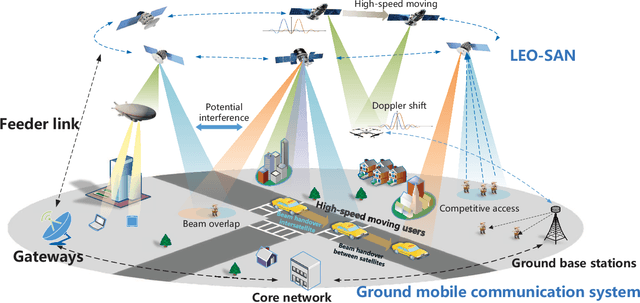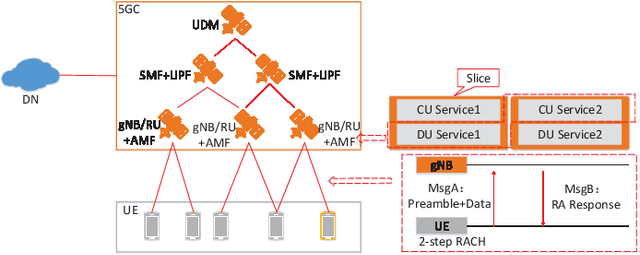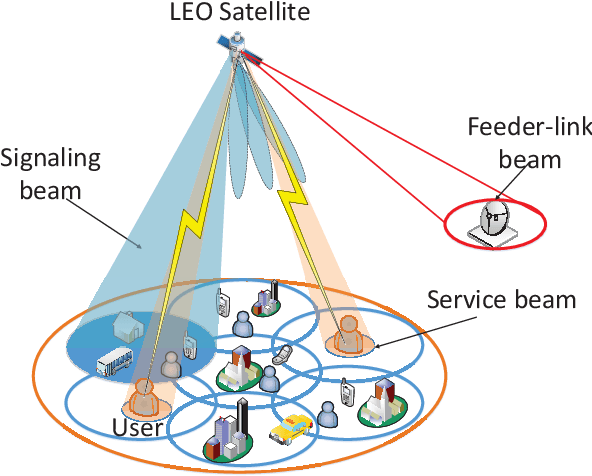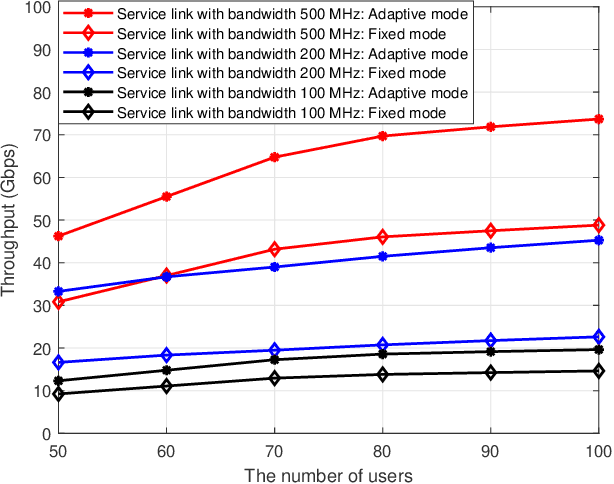Chong Xu
LEO Satellite Access Network (LEO-SAN) Towards 6G: Challenges and Approaches
Jul 25, 2022



Abstract:With the rapid development of satellite communication technologies, the space-based access network has been envisioned as a promising complementary part of the future 6G network. Aside from terrestrial base stations, satellite nodes, especially the low-earth-orbit (LEO) satellites, can also serve as base stations for Internet access, and constitute the LEO-satellite-based access network (LEO-SAN). LEO-SAN is expected to provide seamless massive access and extended coverage with high signal quality. However, its practical implementation still faces significant technical challenges, e.g., high mobility and limited budget for communication payloads of LEO satellite nodes. This paper aims at revealing the main technical issues that have not been fully addressed by the existing LEO-SAN designs, from three aspects namely random access, beam management and Doppler-resistant transmission technologies. More specifically, the critical issues of random access in LEO-SAN are discussed regarding low flexibility, long transmission delay, and inefficient handshakes. Then the beam management for LEO-SAN is investigated in complex propagation environments under the constraints of high mobility and limited payload budget. Furthermore, the influence of Doppler shifts on LEO-SAN is explored. Correspondingly, promising technologies to address these challenges are also discussed, respectively. Finally, the future research directions are envisioned.
 Add to Chrome
Add to Chrome Add to Firefox
Add to Firefox Add to Edge
Add to Edge